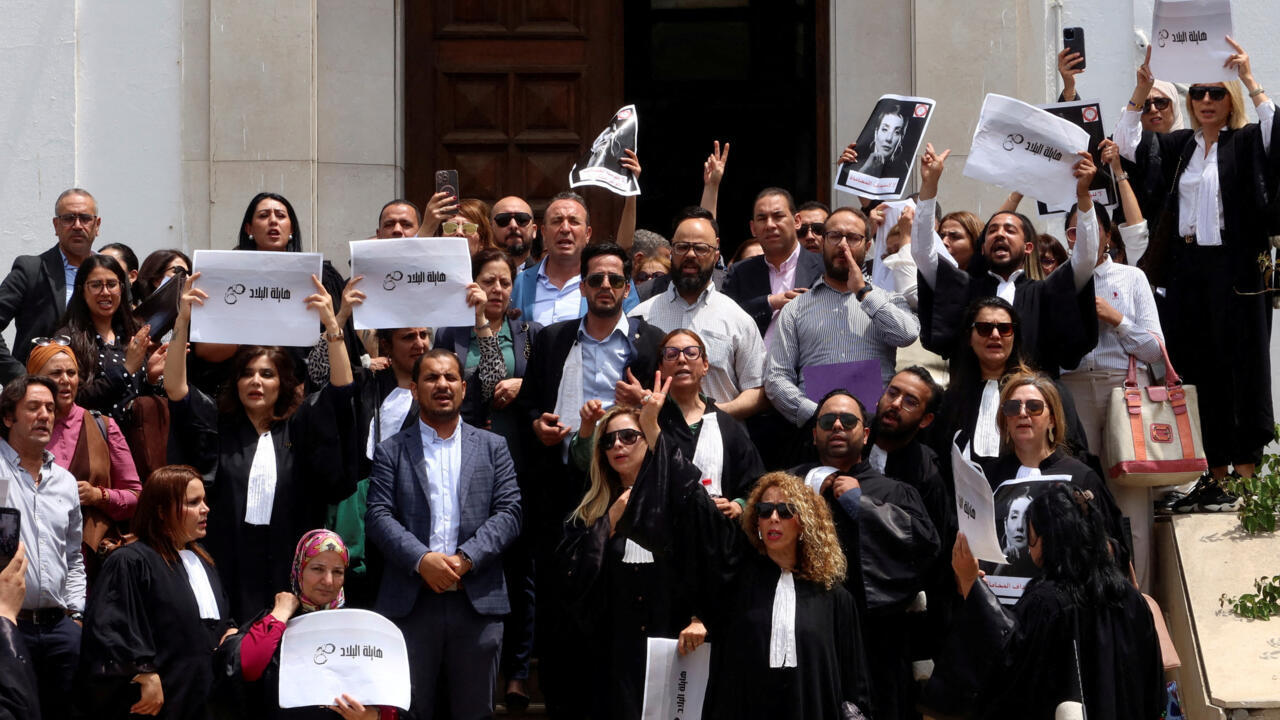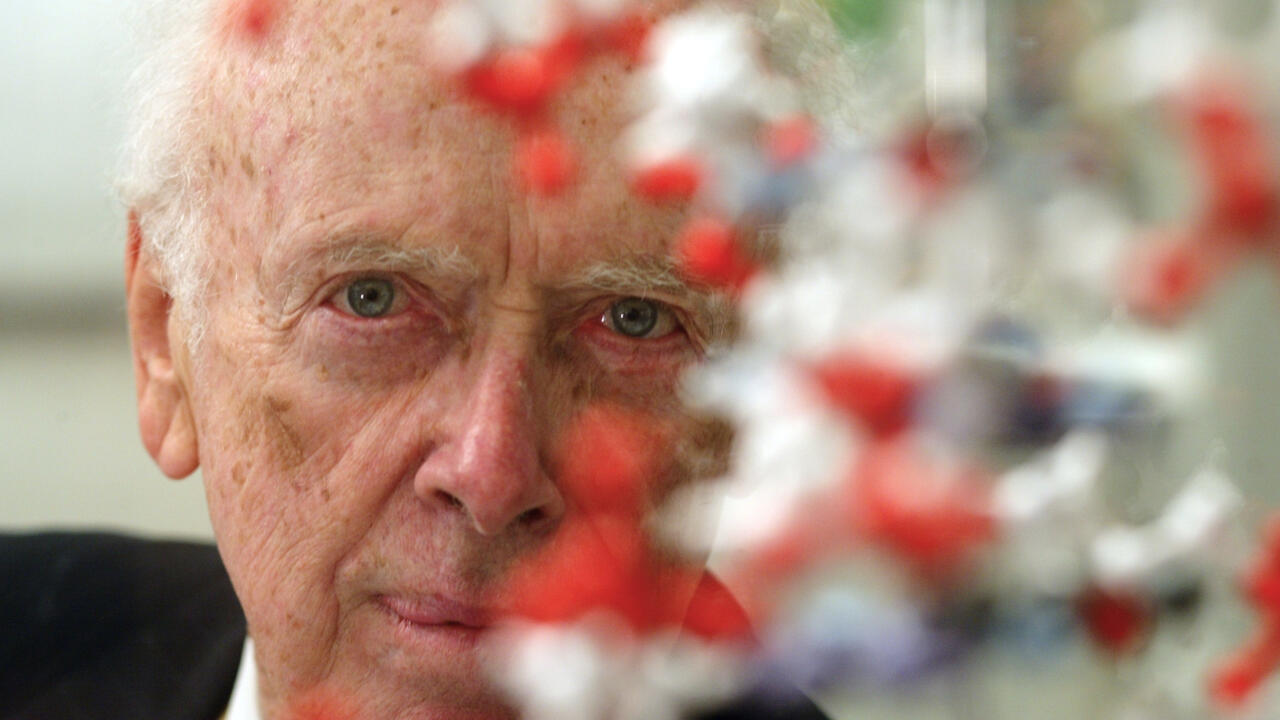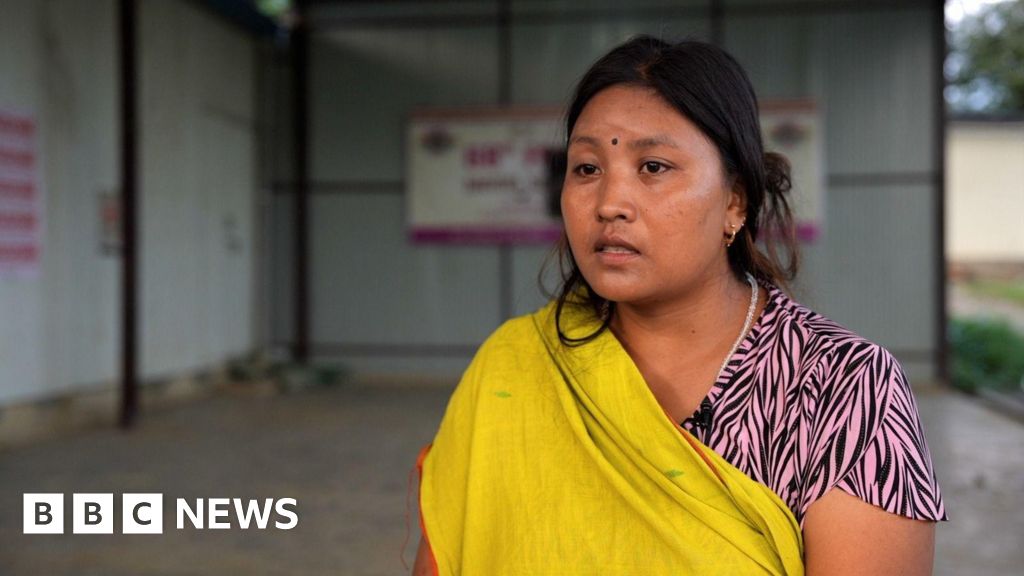Daniil Bardadim was just 17 years old when he planted an explosive device in an IKEA store in Vilnius in 2024. This week, a Lithuanian court convicted him of terrorism and other charges, sentencing him to three years and four months in prison for carrying out the attack on behalf of Russia – despite being a Ukrainian native himself.
According to Lithuanian intelligence services, the teenager had likely been tasked to target the Swedish furniture giant for two reasons: IKEA’s withdrawal from Russia following the full-scale invasion of Ukraine in 2022, and the fact that Sweden is a staunch Ukrainian supporter.
Read moreThe church by the airport: Inside Russia’s suspected spy activities in Sweden
But Bardadim is far from the only Ukrainian teenager who has been caught up in Russia’s hybrid war on both Ukraine and Europe lately.
Teens and tweens
In April, a 19-year-old woman was arrested for having made and planted an explosive device in an e-scooter donated to the Ukrainian army. She too was Ukrainian.
In October, Polish police detained a 16-year-old Ukrainian refugee on suspicion of having collaborated with Russia by remotely recruiting youths in his homeland to carry out attacks and murders for money.
Ukraine is aware of the phenomenon and has had its eyes on the problem for a while. In July, it published a video warning Ukrainian youths against carrying out the dirty jobs of Russian spies – sometimes without even being aware of it.
Citing the Ukrainian security service (SBU), the BBC reported that of the roughly 800 Ukrainians who have been recruited by Russia over the past two years, around 240 of them are minors, some as young as 11 years old.
A hybrid war version of Pokémon Go
Most of the youths have been spotted by the Russian “recruiters” on the Telegram messaging app.
“Some of it is staged like a game. Where you're supposed to collect certain information in certain places, or deliver stuff. So it's almost like the Pokémon Go game” where the player wins rewards for accomplishing tasks, Elena Grossfield explained, an expert in contemporary Russian intelligence at King’s College in London.
This “gamification” strategy is deployed on specific Telegram channels and TikTok accounts, where Russian agents disguise themselves with aliases that reference pop culture. The New York Times reports that one agent called themselves “Q” – as in James Bond’s ingenious gadget master.
Vlad,17, told BBC how he was recruited by the Russians on Telegram after posting an ad for remote work. His first mission entailed collecting a hidden grenade. Even though he never managed to find it, he was still paid $30.
A few days later, he was handed another task: to set fire to a van belonging to a Ukrainian conscription centre. For this more dangerous mission, he was told he would be paid $1,500. He was not. Instead he received $100 in cryptocurrency and told he would receive the rest if he planted a bomb in the northeastern Ukrainian town of Rivne, some 800 kilometres from his home.
Village informants
But Ukrainian youths are not the only ones to interest Russian intelligence services for these types of operations. Experts talk of a type of “Uberisation” of Moscow’s hybrid war efforts.
“They’ve switched to quantity over quality” in finding operatives on the ground, Grossfield explained.
The long-term strategy of recruiting sleeper agents abroad – an art at which the KGB excelled during the Cold War – is no longer on the list of priorities. It is much more efficient to find a large number of local foot soldiers on the ground – often from the criminal world – who are not necessarily well-trained, but who are easy to replace if they are arrested.
This is why the Ukrainian youth tick all the right boxes for Russia.
“On a day-to-day level, Russia is using it on a massive scale,” Huseyn Aliyev, a specialist on the war in Ukraine at the University of Glascow, said.
The missions they are handed typically include providing intelligence related to the Ukrainian army and valuable strike targets. “The movement of troops, the location of weapon production factories, potential military bases and so on.”
The number of informants is swelling exponentially in some areas, he said, noting that some tiny villages can easily contain dozens of people who are selling intelligence to Russia for money.
Games and money
According to Aliyev, the Russian campaign to enlist youths to torch cars and other vehicles “all over Ukraine” started about a year ago.
“They received instructions on how to make Molotov cocktails and those types of things and to throw them at parked cars,” he said.
Although the trend now seems to have subsided somewhat – largely thanks to numerous arrests and SBU’s awareness campaign – the Russians have hardly given up on taking advantage of Ukrainian youths.
“The scheme is evolving,” he said, adding they are now being used to take and transfer photos and to place small explosive devices.
Read moreDrones, sabotage, surveillance: Moscow’s hybrid warfare takes to the high seas
Erik Stijnman, a specialist in military security issues relating to the Russia-Ukraine war at the Netherlands Institute of International Relations, Clingendael, said that "young connected people are more susceptible to be involved in this. They see it as exciting and probably not able to see the entire picture and the extent of the damage they do to themselves and their nation".
Ukrainian authorities report that the Russians have made contact with children as young as 10 years old. And they use two main drivers to hook them: money and ego.
“So there is excitement involved,” he said, because the child or teen wants to prove they can carry out the task – all the while being rewarded with money.
Sparking fear among Ukrainian refugees
Grossman said Russia only has to gain by using children in this way. “There is no supervision, there is no prosecutorial component that can limit their power. So why wouldn’t you recruit somebody who is 9 years old? He can move components from one place to another.”
In addition, Stijnman said, children “can be influenced more easily” than adults.
Russia is not limiting its child recruitment just to Ukraine, Aliyev said.
“There are so many Ukrainian refugees all over Europe. And people are desperate to get that money."
These refugee children also offer another valuable advantage: “You can travel anywhere in the European Union with a Ukrainian passport,” he said.
They also serve as gateways for more recruits, Grossfield said. “Don't forget that a lot of people, especially teenagers, need money. And would do a lot of things for money, and so the teens also recruit their friends.”
This is exactly what the Ukrainian teenager detained in Poland is suspected of doing.
Although these youths may not be entrusted with the most sensitive of missions, their operations can still cause a lot of damage, like the explosion at the IKEA store in Lithuania.
But perhaps even more damaging, Stijnman said, is the psychological impact of these sabotage operations. Because for each news report suggesting that a Ukrainian has collaborated with Russia, there is a risk that Western public opinion could start swaying against Ukraine. “That's probably the point of these operations – that it sends a strong signal that Ukrainians are turning against Europe – so why would we support them?”
Grossfield said this automatically places a target on the back of every Ukrainian refugee because it creates a general suspicion. It risks alienating, them, she said, “which, in turn, make them easier to recruit".
This article was adapted from the original in French by Louise Nordstrom











 English (US) ·
English (US) ·